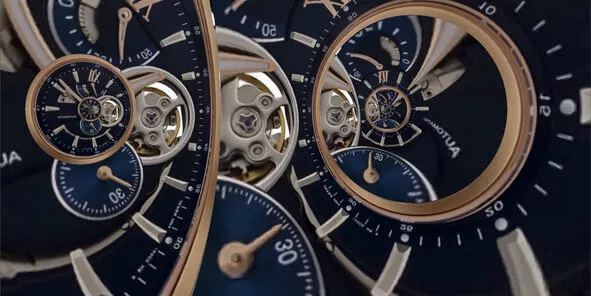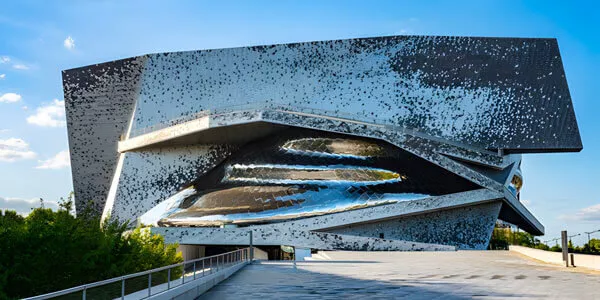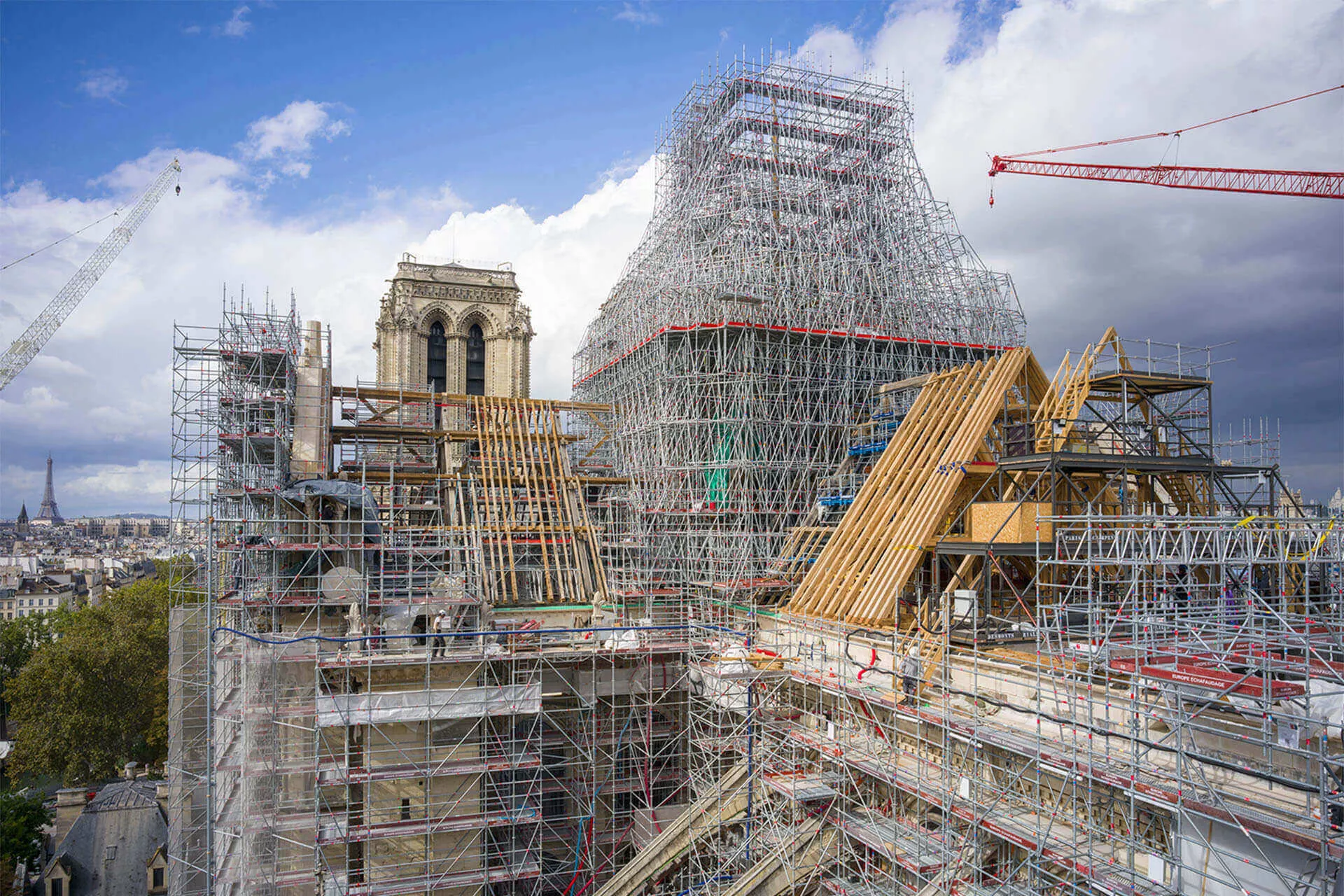
Trends notebook #1
The scaffolding used to rebuild the spire weighs nearly 600 tonnes.
The 96 metre high spire, identical to that designed by Viollet-le-Duc, will be installed at a height of 100 metres.
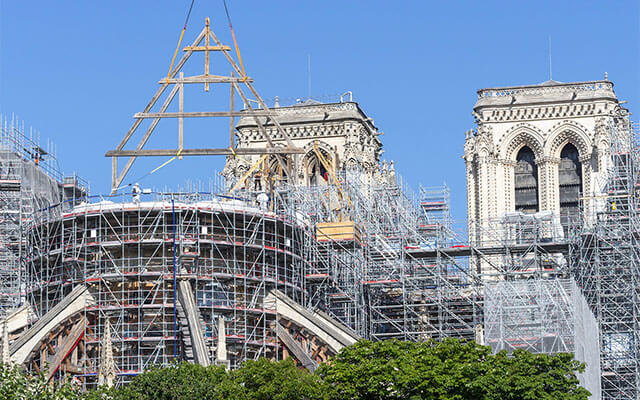
The building site
The cutting-edge technologies helping rebuild Notre-Dame
The renovation of Notre-Dame de Paris Cathedral, a world renowned heritage site, is the subject of an extraordinary five year renovation project. An unprecedented mission, mobilising many trades, including masons and sculptors, carpenters, restorers of paintings and sculptures, master glassmakers, roofers and ornamentalists, carpenters and gilders, but also architects, engineers with multiple skills, crane operators, and innovative scaffolders and developers. The project is a veritable crossroads between ancestral crafts and the latest technologies, with the vast majority of companies present on the Notre-Dame restoration site having integrated the use of new technologies into their work.
A range of transversal tools have been put in place such as the digital scatter-plot model of the cathedral produced several years ago by Professor Andrew Tallon and which is now operated by AGP (Art Graphique et Patrimoine). A three-dimensional survey of the cathedral was also carried out in order to assess the damage caused by the fire in the spring of 2019. These two tools helped the architects prepare their evaluation and diagnostic studies in order to develop the entire restoration programme for the building after the site was secured.
The reopening of the building will take place in December 2024, after an exceptional summer for the capital which will be hosting the Paris Olympic Games. This challenge could not be met without the energy of the men and women who, each and every day, put their know-how at the service of this extraordinary project.
The new roof beams, dating from the 19th century for the spire and the transept and from the 13th century for the nave and choir, have been reconstructed identically to the structure that was destroyed during the fire.
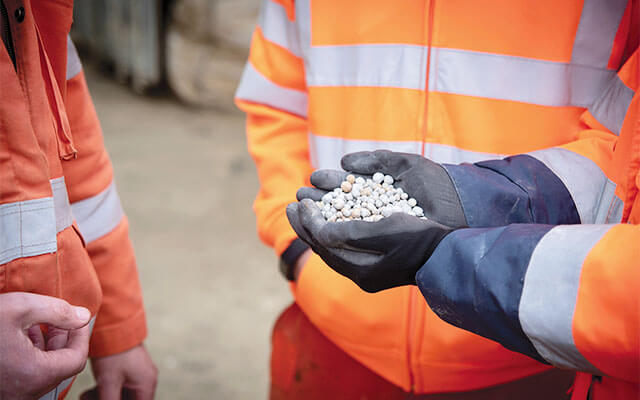
Future solutions
Carbon captured and valued
CO2 capture, storage and valorisation technologies consist of capturing CO2 from its sources of production, storing it underground and then valorising it for reuse. Such technologies are of interest to manufacturers because they allow them to massively reduce their total emissions. The climate scenario of the IEA (International Energy Agency) considers these methods as an essential solution in helping achieve the objectives set out by the Paris Agreement, and achieving neutrality by 2050. Carbon8, a British company specialising in mineralisation, offers a solution based on accelerated carbonation technology (ACT). This enables circularity within the industry by locking carbon into innovative low- carbon products. To be continued!
© N-ARK; David Bordes/Rebatir x2; Carbon8
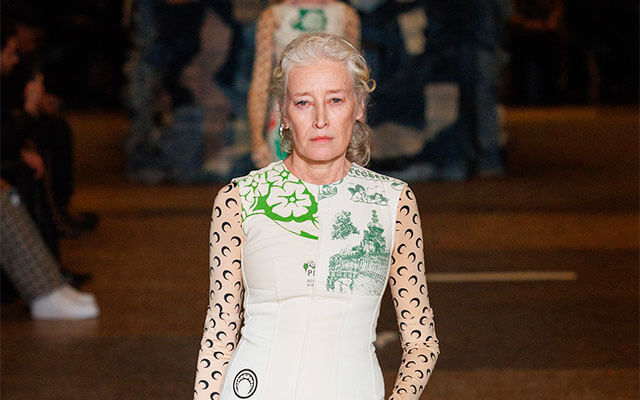
The virtuous circle
Marine Serre: between haute couture and upcycling
Marine Serre, rising star of French haute couture, has been revolutionising the industry with her eponymous brand since 2017. The young designer’s production is distinguished by a daring marriage between haute couture and upcycling3. A graduate of the National School of Visual Arts of La Cambre in Brussels, Marine Serre has made sustainability her passion and owes her success to the use of recycled materials, which she masterfully transforms into highly fashionable works of wearable art.
One of her most emblematic creations perfectly illustrates this approach: the famous Moon dress, a unique piece made from recycled textiles, which features a crescent moon-shaped pattern, the brand’s symbol and logo. Winner of the LVMH Prize for young fashion designers in 2017, Marine Serre is now a key figure in redefining luxury in harmony with environmental responsibility. It thus proves that creativity and sustainability can and must coexist.
3. Recovering materials or products which we no longer use in order to transform them into materials or products of quality or utility.

Diary
Everything worth seeing and more in 2024
- Gego. How to measure infinity. Discover the work of the German-Venezuelan artist. Guggenheim Museum, Bilbao, from 7th November, 2023 to 4th February, 2024.
- The Treasure of Notre- Dame. The Louvre Museum is showing a unique exhibition of the treasures of Notre- Dame de Paris. Louvre Museum, Paris, until 29th January, 2024.
- Nasan Tur. The Turkish- German artist addresses themes of power and violence. Berlinische Galerie, Berlin, until April 1, 2024.
- Oceanology International. The latest ocean technologies and developments. ExCel London, 12th to 14th March, 2024.
- Matisse, Derain and their friends. A Christmas exhibition amongst the decorations of Basel, paying homage to the Fauvist movement. Kunstmuseum, Basel, until 21st January, 2024.
Collioure Interior by Henri Matisse, 1905.
© Henri Matisse; Courtesy of Marine Serre

